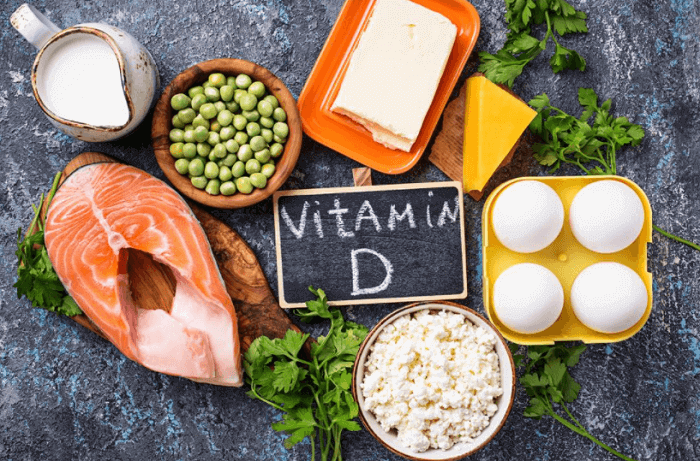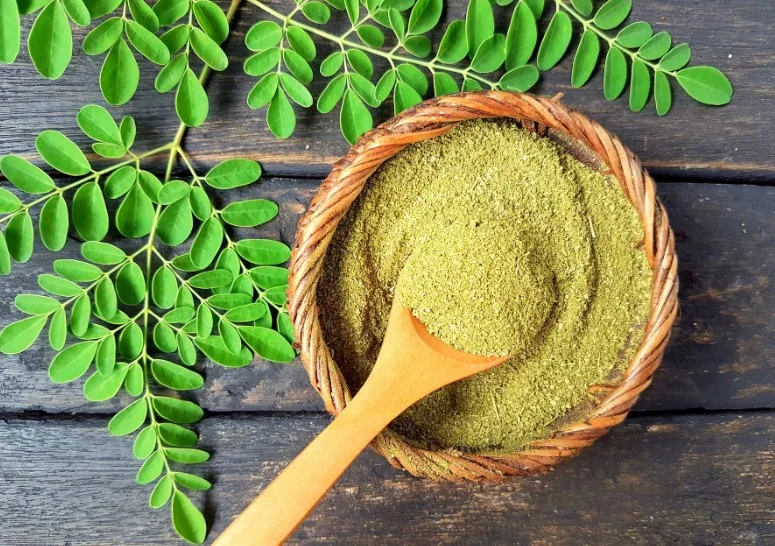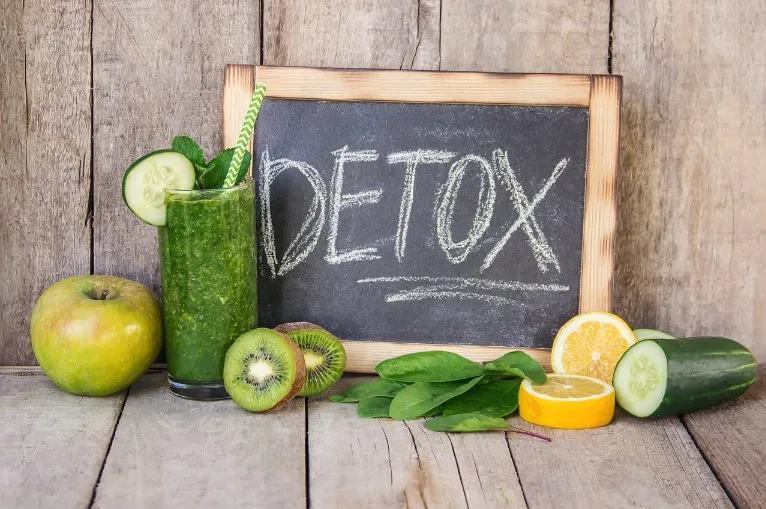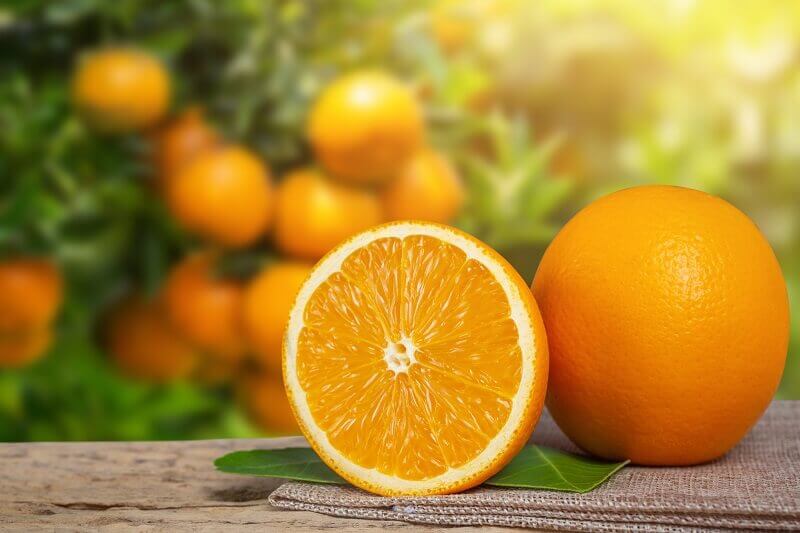Have you ever noticed, during winter times your joints start to hurt all of a sudden? You have this feeling of hollowness in your bones but don’t really know the reason. Also, you being a lazy person doesn’t like to go out and get no exposure to the sun. Well, this is not something to take lightly. It is giving a clear knock at your door to get your vitamin D levels checked.
Vitamin D is the only nutrient that your body produces when exposed to the Sun. Dietary sources do help in getting vitamin D levels up, but sunlight is the most important source.
Vitamin D is very necessary for Calcium absorption in bones. The daily levels that you are supposed to take are 600 to 2000 IU. Here are some tips and tricks that you need to follow to get that vitamin D boost.
-
Increase Sun Exposure
Vitamin D Deficiency is always referred to as a ”sunshine vitamin”. It is a known truth that the sun is the most beneficial source to get this vitamin. A type of cholesterol is hosted by your body that functions as a precursor to Vitamin D. When this compound is exposed to UV-B rays from the sun, it makes Vitamin D.
But, the amount of Vitamin D Deficiency that someone’s body makes depends on several factors,
-
Geographical Region
The closer you live to the equator, the more your body is capable of making Vitamin D. Reason being your physical proximity to sun rays. And conversely the farther you live from the equator lower the opportunity of you getting sun exposure.
-
Skin tone
People with darker skin tones need to get more sun exposure. Because of the presence of Melanin in dark skin, there comes a hindrance in Vitamin D Deficiency production.
-
Use of Sunscreen
Certain types of sunscreens hinder the production of Vitamin D, if not completely blocking it. However, it is very important to protect your skin from overexposure to the sun.
-
Consume SeaFood and Fish
Among all the national food sources, fatty fish and seafood are the richest sources of Vitamin D. These include;
- Tuna
- Sardina
- Oysters
- Shrimps
However, the amount of Vitamin D Deficiency varies in all of these foods. The farm salmon is said to have 25% of the amount of Vitamin D present in a wild one.
-
Eat Fortified Foods
As there is a very small number of foods that naturally contain Vitamin D, it is added in certain staple goods. This process is called fortification. The availability of these fortified foods varies from country to country and from brand to brand.
Some of the commonly known fortified goods include;
- Cow’s milk
- Orange Juice
- Certain types of Yogurt
- Ready to Eat Cereals
- Tofu
If you want to be sure about fortification, do check the ingredient list.
-
Add Mushrooms to your Diet
The only vegetarian source of Vitamin D is mushrooms. Mushrooms do make their own vitamin D upon exposure to UV Rays. Humans produce a type called D3 also known as cholecalciferol whereas mushrooms make D2 also known as ergocalciferol. Both these forms help in the circulation of Vitamin D levels.
Due to their exposure being more to the sun, the wild mushrooms are said to have higher levels of Vitamin D.
-
Go for Supplements
For some people, food is not helpful alone. They have to take supplements for the best results. If it is comparing, D3 works a lot better than D2. As D3 comes from animals and D2 from plants. It is very important you go for those supplements that have been repeatedly tested.
-
Try out UV Lamps
Lamps that emit UV-Radiations can be helpful in providing Vitamin D. UV Rays have also been used for therapy purposes for certain skin conditions. These lamps might be a little costly but they help in getting the essential vitamins that your body requires.
Final Thought
If you still feel the same issues after the consumption of enough Vitamin D. I would suggest you visit your doctor and get yourself check. There’s a high chance that you’re suffering from another deficiency. Do not overdose yourself. Keep taking Vitamin D as prescribed and just as much as you need.





